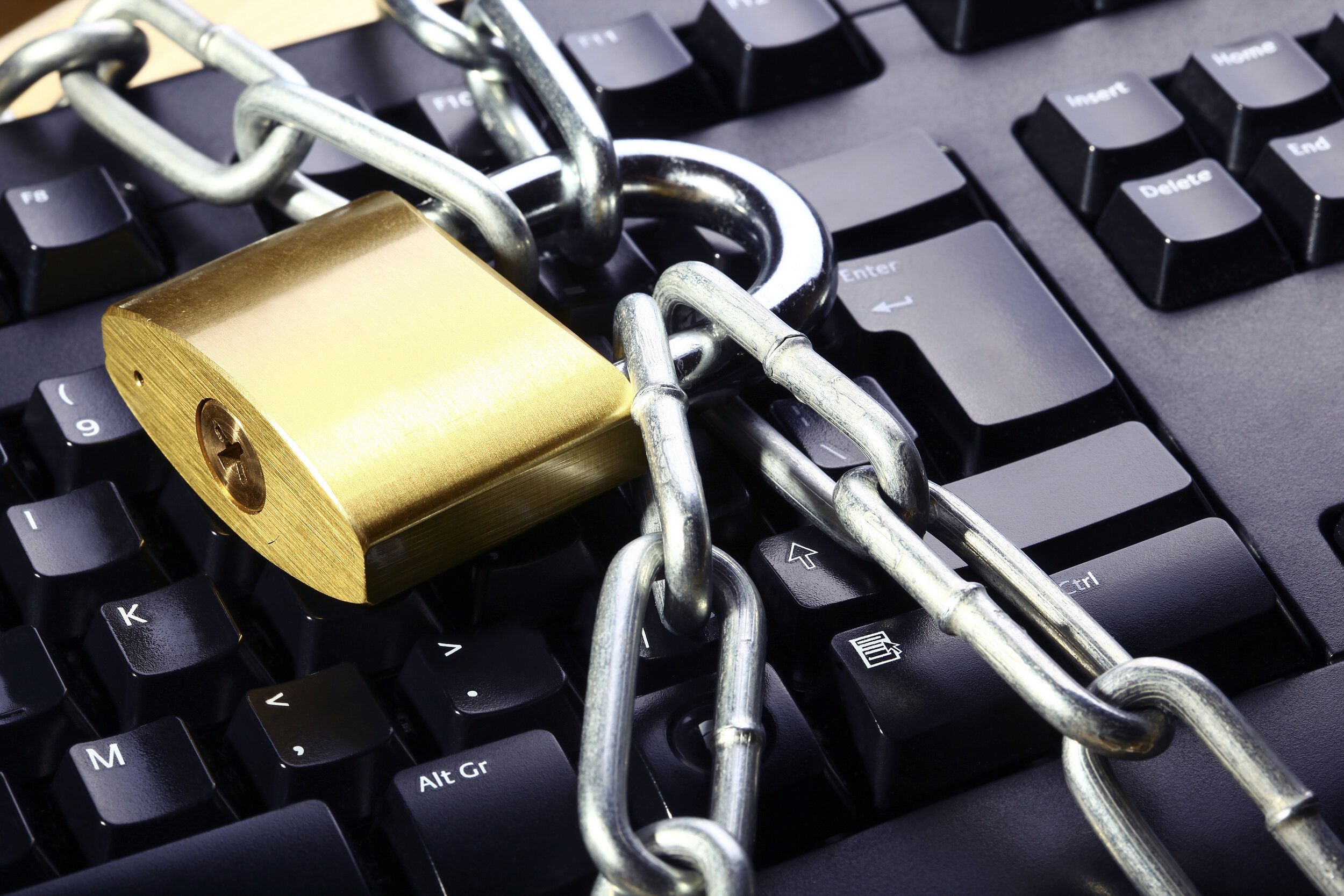5 Reasons It’s Essential to Store Your Documents Digitally on a Server
/Since the advent of the digital age, the number of documents created each week in the average office has increased by leaps and bounds. In just the last two years, 90% of the world’s data has been created.
For offices still using paper files, multiple dangers exist, such as physical damage, getting lost or misfiled, or becoming aged and unreadable over the years.
Many offices now struggle with managing both paper and digital files effectively, including:
· Ensuring they’re safe from unauthorized access
· Keeping them easy to find when needed
· Preventing destruction or loss of files
· Storing them securely in archives for years
There are also multiple workstations and mobile devices used to create and store company files, which makes proper IT management of that data even more complex. The best solution for keeping a handle on all your files is to use a server for centralized storage.
Both on-premise and cloud-based servers give you one central location for file storage, they also enable software that can facilitate backup and recovery. For paper files, those should really be scanned in and converted to digital so all your company’s files can be stored in the same place.
Why Server File Storage is Important
58% of small businesses are not prepared for data loss, and it can cost them dearly. Whether files are lost to accidental deletion, due to a stolen laptop, or a fire or flood, they can significantly impact a company’s bottom line and in some cases cause them to have to close their doors.
When storing files on a server, it’s important to remember to always keep one copy offsite. The best backup plans use both a local on-premise server for backups as well as an offsite cloud server through a 3rdparty provider.
Here are reasons it’s essential to use server storage for your business documents.
Locate Files Faster
Office professionals spend an average of 4.5 hours per week just looking for files. If you’re not using server storage with search capabilities, you could have employees looking through filing cabinets or searching various hard drives for hours to find a specific document. That’s an inefficient use of time that saps office productivity.
Server storage platforms include keyword search capability that make it easy to instantly find files that are even years old. By having all your office files on the same server, you also ensure nothing is missed if you’re looking for all past customer orders, for example, and can ensure paper orders forms are represented digitally, so everything’s in one central location.
Protect Your Business from Catastrophic Data Loss
In the case of a natural disaster, fire, or theft at your premises, if you have your files stored on an offsite server, you ensure business continuity. Backup and disaster recovery software can allow you to quickly download lost data to another device that’s internet connected.
If you’re storing all your files onsite, a single catastrophic even can cause you to lose the copies on your workstations and your entire backup copy.
Save on Storage Costs
Digital file storage is much less expensive than storing paper files in a filing cabinet. Beyond the cost of the paper itself, you have the cost of filing cabinets, folders, and the square footage that those filing cabinets take up. As the years go by, your ability to archive is limited by your physical space.
With your files being stored on a server in digital format, the cost per file is minuscule compared to a paper file. Scaling up as more files are created is as easy as clicking a button. You not only save on the paper and filing costs, you’re also not giving up a portion of your office to storage of paper documents.
Improved Data Security & Compliance
When you have files spread out in filing cabinets and multiple desktop workstations, ensuring that sensitive information that needs to be protected under data privacy rules like HIPAA or PCI, is extremely difficult.
Using centralized server storage for your documents allows you to not only know where they all are, but to also put safeguards in place, such as user privileges and password requirements, that ensure they’re properly protected from being stolen or from unauthorized access
Allows for Better Visibility
Say your website team is working on your About Us page and they need some older files to fill out your history timeline. If those files are stuffed in a folder in the back of a dusty filing cabinet, they might never find them, or it may take them hours of unproductive time to locate them.
When all your files are digitized and stored electronically on a server, your team has instant access to whatever they need, facilitating their task at hand and ensuring better file visibility to all that need to access them.
Need Help Organizing Your Digital Documents?
If you’re somewhere in between “all digital” and still using folders and filing cabinets, BrainStomp can work with you to put together an organized, easily accessible, and secure server storage system.
Schedule a free consultation today! Just call us at 260-918-3548 or reach out online.















